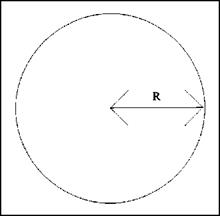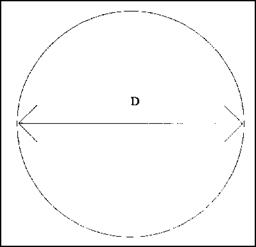BUILDING BASICS
Fillers: Resume
Summing up:
• When designing an SMA mixture, one should not decrease the content of filler below a minimum value (defined by using a 0.063-mm sieve in
Europe or a 0.075-mm sieve in the United States). The lack of filler will be reflected in a decrease in the durability of the mix and the void content and an increase in the risk of the appearance of fat spots.
• An increased amount of filler causes higher viscosity of the mortar, which promotes resistance to deformation. But one should not use an excessive amount of filler because it is easy to overstiffen the mortar, which can lead to cracking.
• Too fine a filler can cause problems since it absorbs much of the binder and may plasticize the mix.
• It is worthwhile to take note of Rigden’s test results, particularly when changing fill...
read moreWater in the early cities
Another dimension of hydraulics appears in the early cities: that of wastewater drainage. Many medieval and modern civilizations will come to treat this problem casually, and as a result endow their cities with an atmosphere of filth. Yet the early civilizations of the East were precocious in their concern for urban drainage. Evidence of the oldest known systems for draining water from houses can be found as early as the end of the Neolithic period, around 6500 BC, at El-Kowm.[24] These comprise plaster-lined gutters dug into the ground and crossing the doorsills, as well as holes pierced through walls, and even passages below the hard surface of the ground (Figure 1.4).
Mohenjo-Daro, in the Indus valley, gives us a particularly striking example of such hydraulic works at the scale of an e...
read moreStatistical independence
If two events are statistically independent of each other, the occurrence of one event has no influence on the occurrence of the other. Therefore, events A and B are independent if and only if P (A, B) = P (A) P (B). The probability of joint occurrence of K independent events can be generalized as
![]() K
K
![]() = P(A1) X P(A2) x-.-x P(Ak) = П P(Ak)
= P(A1) X P(A2) x-.-x P(Ak) = П P(Ak)
k=1
It should be noted that the mutual exclusiveness of two events does not, in general, imply independence, and vice versa, unless one of the events is an impossible event. If the two events A and B are independent, then A, A7, B, and B’ all are independent, but not necessarily mutually exclusive, events.
Example 2.2 Referring to Example 2.1, the probabilities that tributaries 1 and 2 overflow during a major storm event are 0.5 and 0.4, respectively...
read moreTriangle Perimeters
Triangle perimeters are not difficult to establish. The process is similar to the one used with squares, only there is one less measurement. To find the perimeter of a triangle, add up the sum total of the three sides of the shape. if you want a formula to use, it could look like this: P = A + B + C. The long and the short of it, no pun intended, is that you simply add up the three dimensions and you have the perimeter.
Circles
Circles can give you some trouble when you are looking for their perimeters, which should really be called their circumference. I have provided resource tables in the next chapter that will help you to avoid doing the math to find the circumference of a circle, but we should at least take a few moments to
|
FIGURE 1.15 ■ Radius of a circle. |
|
FIGURE 1... |
Waste Material Generated
Waste material can be categorized as construction wastes, industrial wastes, mining or mineral wastes, agricultural wastes, or domestic wastes (of which scrap tires are a significant subset). Many advanced recycling programs have been established to make use of these wastes, such as requiring identifying codes for the base resin in plastic products to enable more refined recycling of plastics. Some of these wastes are not suitable for or do not make a significant recycling contribution to highway use. For example, only a small amount of the total crop waste (estimated to be about 9 percent of all the total nonhazardous solid waste generated each year in the United States) has a beneficial highway use. Potential uses are as an asphalt extender or portland cement additive.
In another examp...
read moreLegal Considerations
1.12.1 National and Trans-National
The demands of legislation can greatly influence the design and management of a road in order to control its influence on the water environment. General legislation, such as European directives (e. g. the Water Framework Directive), define water protection in a general manner with universal requirements that no pollutant input is allowed and that high cleanliness of water bodies should be established. However valid legislation at a national level, or even locally valid ordinances, can precisely define such requirements in terms of the level and manner of these protection measures. The level of the protective prescriptions depends on the legal system...
read moreNail Bottom Plate to Studs

|
|
|
|
|
|
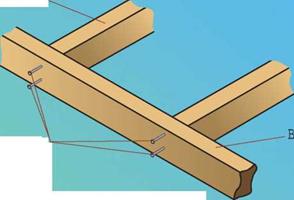

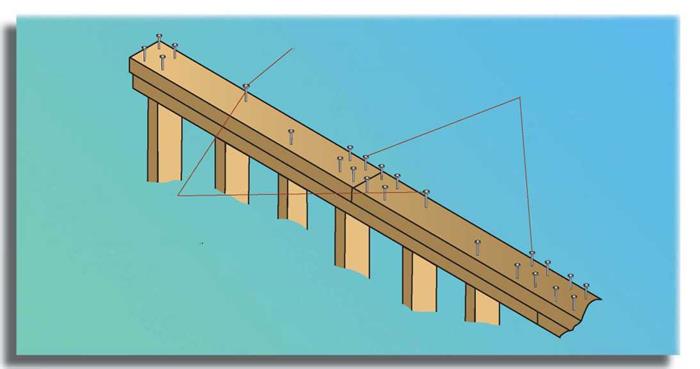 Nail Double Plate to Top Plate
Nail Double Plate to Top Plate
One 16d nail at 16" O. C, (on center) or one 3" x,131" nail at 12" O. C, Stagger nails,
Four 16d common nails or six 3" x,131" nails each side of splice in top and double plate,
Nail over studs to allow plumber’s and electrician’s drills to pass freely through the place between the studs
Two 3” x,131" nails at 16” O. C. may be substituted to prevent interference,




![]()
 Nail Walls Together or Nail Double Studs
Nail Walls Together or Nail Double Studs
Five 16d (3 1/2" x,135") nails or twelve 3" x,131" nails into studs, Start 6" from top and bottom,

 Note: A 16d (3 1/2" x,135") nail will protrude 1/2" beyond a doubl...
Note: A 16d (3 1/2" x,135") nail will protrude 1/2" beyond a doubl...
PLUMB AND LEVEL
A plumb bob takes patience to use, but it’s a compact, accurate tool. The plumbed string is also a useful reference line you can measure out from. The Gammon Reel® shown in the photo on the next page automatically reels in the string so it can’t tangle up in a tool pouch.
A 4-ft. spirit level is a good, all-purpose level, long enough to level accurately across joists, check for level and plumb of door and window casings, and so on.
A 2-ft. spirit level enables you to level window sills, door head jambs, and other tight spaces where a 4-ft. level won’t fit.
A standard torpedo level is small and fits into a tool pouch. Though it’s not as accurate as a longer level, it’s good for a quick reference in
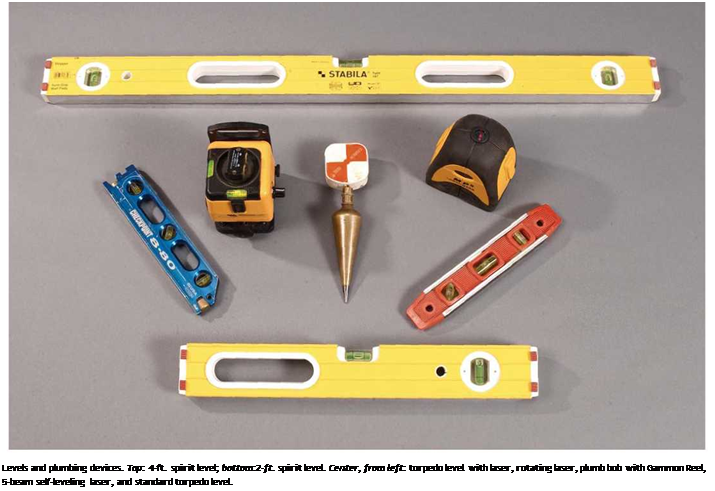
![]()
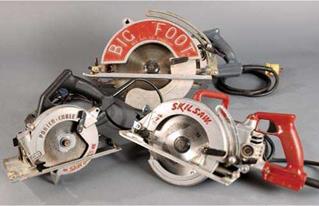
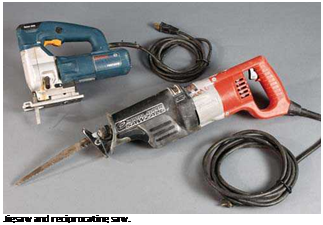
tight spaces. Magnetic versions can stick to cast – iron pipe.
A torpedo level with a lase...
read moreClimate and Climate Change
The ultimate reason for having drainage is because of rain! Therefore the drainage needs and solutions will be heavily influenced by the climate where the road is built. Broadly, climate may be divided by temperature and by rain/snowfall. Typically climatologists further differentiate on temperature variation across the year and on rainfall distribution. A very commonly used classification that takes this approach is that due to Koeppen (McKnight and Hess, 2000). This divides the world into 5 major zones, each with subdivisions:
• Tropical – subdivided into Rain Forest, Monsoon and Savannah;
• Dry – subdivided into Desert and Steppe;
• Temperate – subdivided into Mediterranean, Sub-tropical, Maritime and Maritime Sub-polar;
• Continental – subdivided into Hot Summer, Warm Summer and ...
read more





